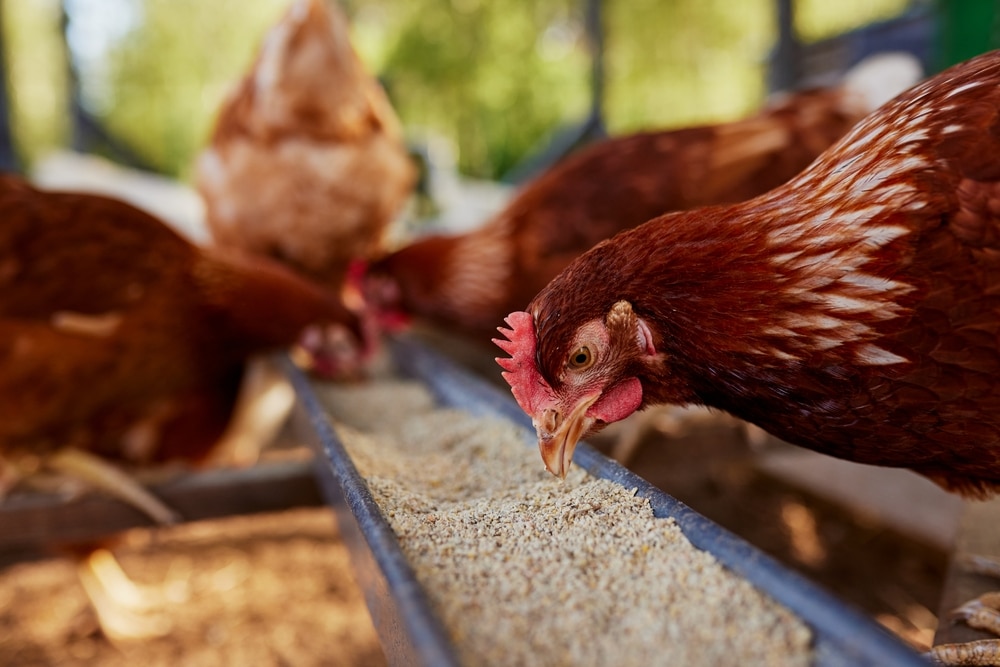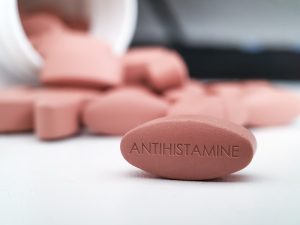Exploring the journey of antibiotics from livestock farms to our dining tables, we delve into the significant implications of antibiotic use in meat on human health.
Through scientific insights, we trace how antibiotic use in meat contributes to antibiotic resistance, affecting both animal welfare and public health safety.
Antibiotic Use in Asian Meat Production
In Asia, escalating meat consumption has markedly amplified antibiotic use in livestock, primarily intended for disease prevention and growth enhancement. Notably, antibiotics are employed extensively to manage parasitic infections and other pathogens, which in turn fosters the emergence of multi-resistant bacteria. These resistant pathogens can transfer from animals to humans through the food chain, presenting substantial public health risks.
A stark example is in Vietnam, where a study found that over 70% of chicken farms used antibiotics prophylactically. Another report from China indicates that up to 50% of antibiotic use in livestock is non-therapeutic, merely promoting growth and preventing disease rather than treating confirmed illnesses. Such practices are prevalent in Southeast Asia due to weak regulatory controls, which fail to curb the indiscriminate use of antibiotics in agriculture.
The Health Implications of Antibiotic Residues
Consuming meat tainted with antibiotic residues poses serious risks to human health by fostering antibiotic resistance. A notable instance in India revealed a widespread presence of antibiotic-resistant bacteria in chicken meat, with evidence strongly linking this to human consumption. The study indicated that such residues can disrupt the natural microbial balance in the human gut, leading to increased susceptibility to infections. Moreover, antibiotic residues compromise the effectiveness of medical treatments by promoting the development of drug-resistant bacteria, making common infections harder and sometimes impossible to treat.
The persistent use of antibiotics in livestock not only affects direct consumers but also has broader environmental implications. Antibiotics excreted by animals can contaminate soil and water systems, leading to a wider spread of resistant bacteria. For example, in Thailand, researchers have detected significant levels of antibiotic residues in water bodies near livestock farms. These residues contribute to the evolution of resistant bacteria in the environment, which can circulate back to humans through water supplies and agricultural products, thereby amplifying public health risks across the region.
Regulatory Measures and Their Impact
In Asia, the regulation of antibiotic use in livestock varies widely. Some countries take stringent measures, while others lag behind. For instance, South Korea has implemented robust policies that restrict antibiotic use to essential cases only. This has significantly reduced the levels of antibiotic residues found in meat. In contrast, less stringent regulatory environments, such as in some parts of Southeast Asia, allow for more liberal use of antibiotics in agriculture, contributing to higher risks of resistance development.
The effectiveness of these regulations often hinges on enforcement capabilities and public awareness. In countries with strict regulations but poor enforcement, the intended impact on reducing antibiotic misuse is not fully realised. This is exacerbated by a lack of awareness among livestock producers about the dangers of antibiotic overuse. Furthermore, the absence of a unified Asian regulatory framework complicates efforts to control antibiotic resistance across national borders. This further highlights the need for international cooperation and stronger regional policies.
Towards Sustainable Meat Production
Adopting sustainable livestock farming practices is crucial to reducing the dependency on antibiotics. This includes improving animal welfare standards, which can decrease the need for antibiotics by reducing disease prevalence. For instance, practices such as enhanced biosecurity measures, better nutrition, and stress reduction in animals have been shown to improve overall herd health and reduce the incidence of infections that require antibiotic intervention.
Furthermore, the development and adoption of alternative approaches to disease management in livestock, such as probiotics, prebiotics, and vaccines, are gaining traction. These alternatives help maintain animal health without contributing to the resistance problem. In countries like Japan and Taiwan, significant investments in research and development have led to the increased use of such alternatives. This has shown promising reductions in antibiotic use.
Finally, raising awareness among producers and consumers about the risks associated with antibiotic use and the benefits of sustainable practices is essential. Educational programs that target farmers, coupled with consumer campaigns promoting antibiotic-free meat products, can drive significant changes in industry practices. These initiatives also empower consumers to make informed choices, thereby influencing market demand towards more sustainable options.
Fostering Change in the Meat Industry
To combat the adverse effects of antibiotic use in meat production, a multi-dimensional approach is necessary. Strengthening regulations and improving enforcement across Asia are foundational. Likewise, promoting sustainable livestock practices and innovative alternatives will fundamentally shift the industry towards safer, healthier production methods. This transformation not only benefits public health but also aligns with global efforts to mitigate antibiotic resistance, preserving the effectiveness of these critical medicines for future generations.
References
-
Carrique-Mas, J., Trung, N. V., Hoa, N. T., Huynh, H. P., Thanh, T. H., Campbell, J. I., Wagenaar, J. A., Hardon, A., Hieu, T. Q., & Schultsz, C. (2014, November 28). Antimicrobial Usage in Chicken Production in the Mekong Delta of Vietnam. Zoonoses and Public Health. https://doi.org/10.1111/zph.12165
-
Van Boeckel, T., Brower, C., Gilbert, M., Grenfell, B. B., Levin, S. A., Robinson, T. P., Teillant, A., & Laxminarayan, R. (2015, March 19). Global trends in antimicrobial use in food animals. Proceedings of the National Academy of Sciences of the United States of America. https://doi.org/10.1073/pnas.1503141112
-
Zhang, Q., Ying, G., Pan, C. G., Liu, Y. S., & Zhao, J. (2015, May 21). Comprehensive Evaluation of Antibiotics Emission and Fate in the River Basins of China: Source Analysis, Multimedia Modeling, and Linkage to Bacterial Resistance. Environmental Science & Technology. https://doi.org/10.1021/acs.est.5b00729
-
Suthar, S., Nema, A. K., Chabukdhara, M., & Gupta, S. (2009, November 1). Assessment of metals in water and sediments of Hindon River, India: Impact of industrial and urban discharges. Journal of Hazardous Materials. https://doi.org/10.1016/j.jhazmat.2009.06.109
-
Laxminarayan, R., & Chaudhury, R. R. (2016, March 2). Antibiotic Resistance in India: Drivers and Opportunities for Action. PLoS Medicine. https://doi.org/10.1371/journal.pmed.1001974
-
Chee‐Sanford, J. C., Mackie, R. I., Koike, S., Krapac, I. G., Lin, Y., Yannarell, A. C., Maxwell, S., & Aminov, R. I. (2009, May). Fate and Transport of Antibiotic Residues and Antibiotic Resistance Genes following Land Application of Manure Waste. Journal of Environmental Quality, 38(3), 1086–1108. https://doi.org/10.2134/jeq2008.0128
-
Maron, D. F., Smith, T. J., & Nachman, K. E. (2013, October 16). Restrictions on antimicrobial use in food animal production: an international regulatory and economic survey. Globalization and Health, 9(1). https://doi.org/10.1186/1744-8603-9-48
-
Callaway, T. R., Edrington, T. S., Anderson, R. C., Harvey, R. B., Genovese, K. J., Kennedy, C. N., Venn, D. W., & Nisbet, D. J. (2008, December). Probiotics, prebiotics and competitive exclusion for prophylaxis against bacterial disease. Animal Health Research Reviews, 9(2), 217–225. https://doi.org/10.1017/s1466252308001540











